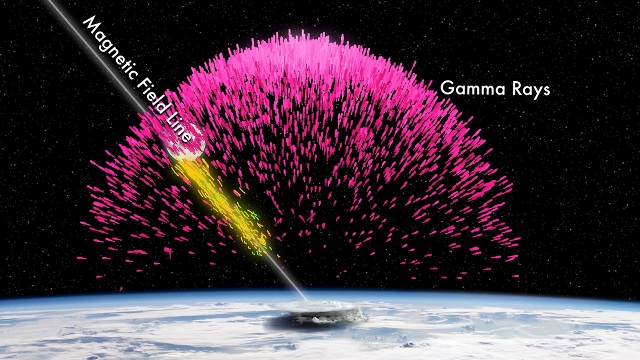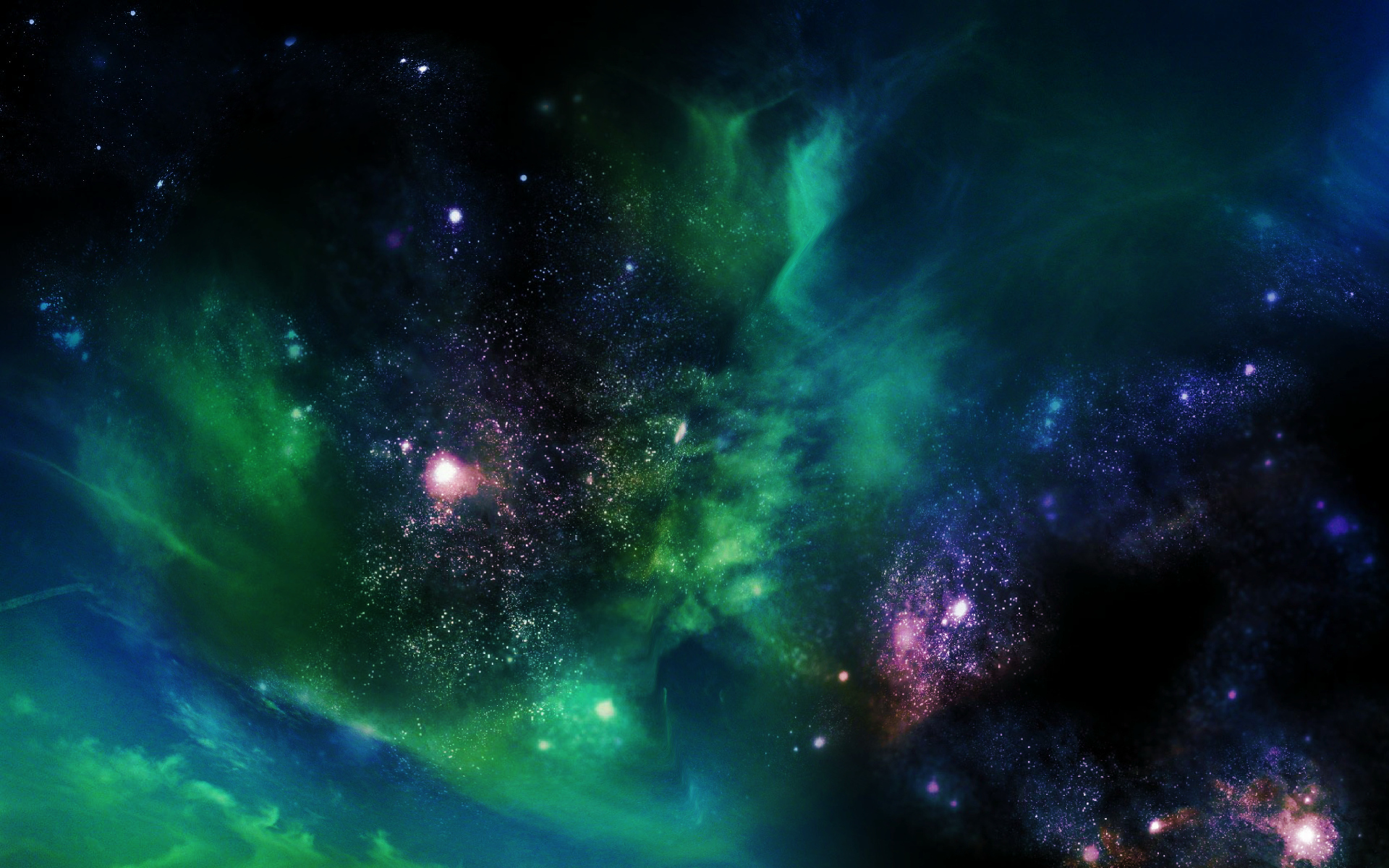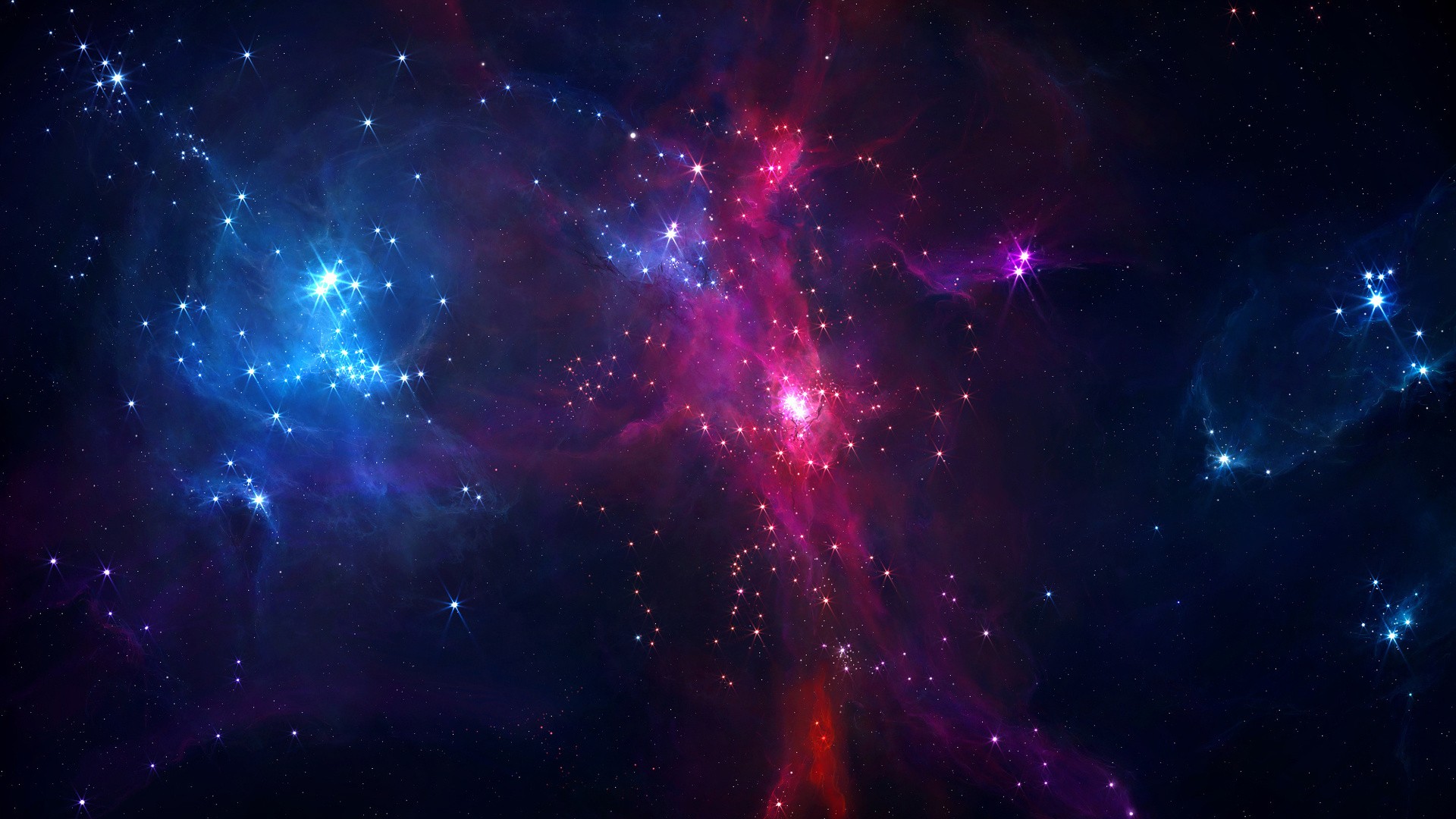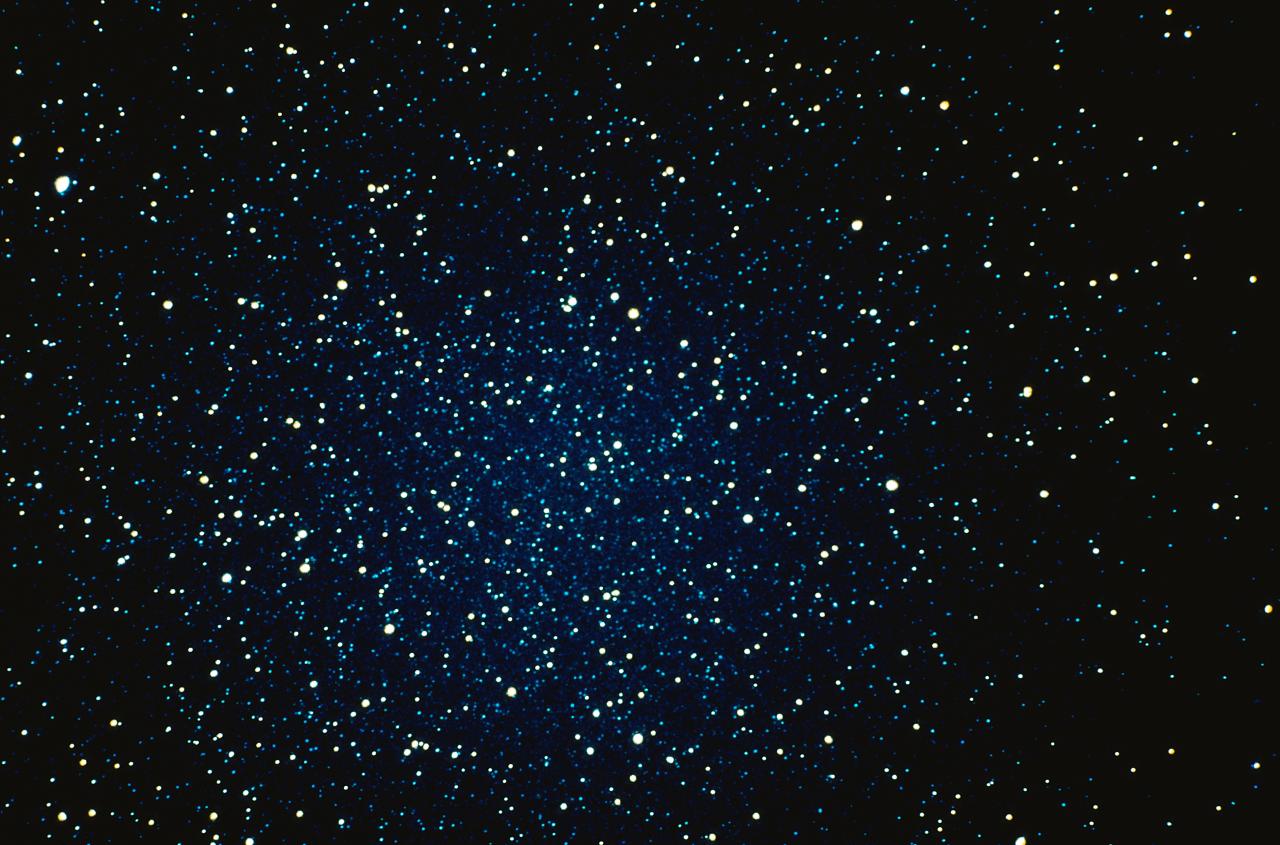
By successfully confining atoms of antihydrogen for an unprecedented 1,000 seconds, an international team of researchers called the ALPHA Collaboration has taken a step towards resolving one of the grand challenges of modern physics: explaining why the Universe is made almost entirely of matter, when matter and antimatter are symmetric, with identical mass, spin and other properties. The achievement is remarkable because antimatter instantly disappears on contact with regular matter such that confining antimatter requires the use of exotic technology.

The Japanese-European ASACUSA experiment at CERN has reported a new measurement of the antiproton

(PhysOrg.com) -- Members of the international STAR collaboration at the Relativistic Heavy Ion Collider -- a particle accelerator used to recreate and study conditions of the early universe at the U.S. Department of Energy

New observations from the Fermi space telescope have revealed that …

International collaboration including MPQ scientists sets a new value for the antiproton mass relative to the electron with unprecedented precision.

(PhysOrg.com) -- Suppose at some point the universe ceases to expand, and instead begins collapsing in on itself (as in the “Big Crunch” scenario), and eventually becomes a supermassive black hole. The black hole’s extreme mass produces an extremely strong gravitational field. Through a gravitational version of the so-called Schwinger mechanism, this gravitational field converts virtual particle-antiparticle pairs from the surrounding quantum vacuum into real particle-antiparticle pairs. If the black hole is made from matter (antimatter), it could violently repel billions and billions of antiparticles (particles) out into space in a fraction of a second, creating an ejection event that would look quite similar to a Big Bang.

By shooting a beam of neutrinos through a small slice of the Earth under Japan, physicists say they

(PhysOrg.com) -- In 1998, scientists discovered that the Universe is expanding at an accelerating rate. Currently, the most widely accepted explanation for this observation is the presence of an unidentified dark energy, although several other possibilities have been proposed. One of these alternatives is that some kind of repulsive gravity – or antigravity – is pushing the Universe apart. As a new study shows, general relativity predicts that the gravitational interaction between matter and antimatter is mutually repulsive, and could potentially explain the observed expansion of the Universe without the need for dark energy.